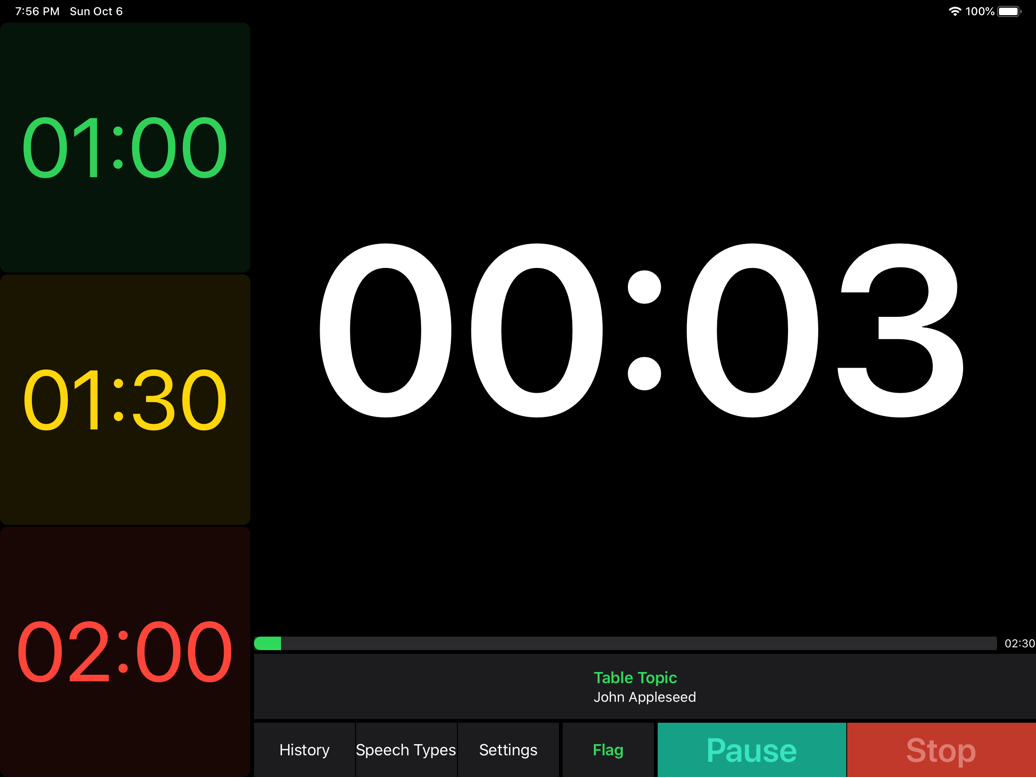


One compelling example of the role that temporal synchrony plays in multisensory speech perception can be seen in the case study of AWF, a stroke victim who reported an impairment of his speech perception. Manipulations of temporal synchrony also affect neural responses to multisensory audiovisual stimuli ( King and Palmer, 1985 Macaluso et al., 2004 Meredith et al., 1987 Miller and D'Esposito, 2005 Stein et al., 1993). Perception of audiovisual signals is strongly influenced by the relative timing, or the temporal synchrony, of auditory and visual signals ( Miller and D'Esposito, 2005 van Atteveldt et al., 2007 van Wassenhove et al., 2007). The ability of an individual to integrate multiple sensory signals generated from a single external source depends on the properties of those sensory signals. These findings suggest that bilateral mSTC is composed of distinct multisensory subregions that integrate audiovisual speech signals through qualitatively different mechanisms, and may be differentially sensitive to stimulus properties including, but not limited to, temporal synchrony. The spatial location of individual mSTC ROIs was much more variable in the left than right hemisphere, suggesting that individual differences may contribute to the right lateralization of mSTC in a group SPM. An additional whole-brain analysis revealed a network of regions responding more with synchronous than asynchronous speech, including right mSTC, and bilateral superior colliculus, fusiform gyrus, lateral occipital cortex, and extrastriate visual cortex. The presence of two distinct activation patterns suggests that the two subregions of mSTC may rely on different neural mechanisms to integrate audiovisual sensory signals. A synchrony-defined subregion of mSTC (synchronous > asynchronous) responded only when auditory and visual stimuli were synchronous, whereas a bimodal subregion of mSTC (auditory > baseline and visual > baseline) showed significant activation to all presentations, but showed monotonically increasing activation with increasing levels of asynchrony. Using parametrically varied levels of stimulus asynchrony in combinations with BOLD fMRI, we identified two anatomically distinct subregions of multisensory superior temporal cortex (mSTC) that showed qualitatively distinct BOLD activation patterns. The temporal synchrony of auditory and visual signals is known to affect the perception of an external event, yet it is unclear what neural mechanisms underlie the influence of temporal synchrony on perception.


 0 kommentar(er)
0 kommentar(er)
